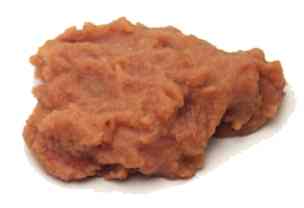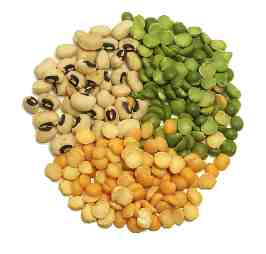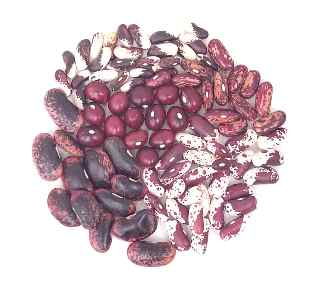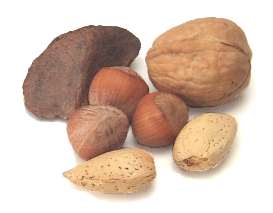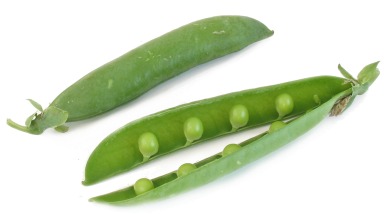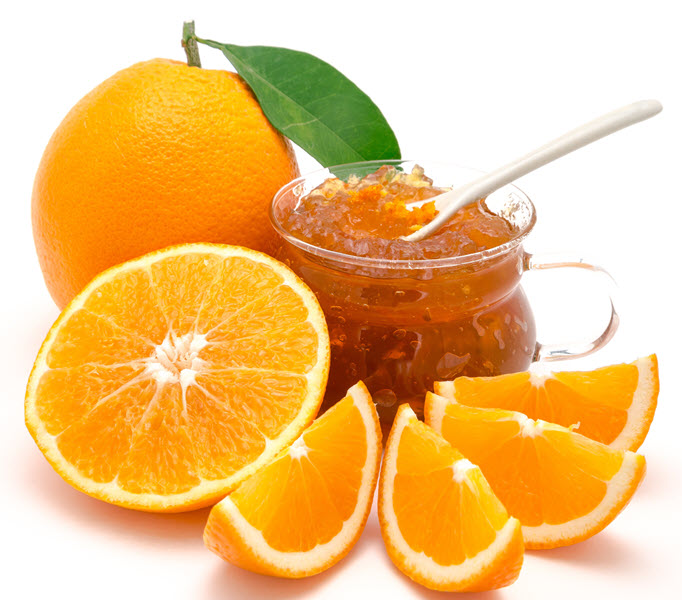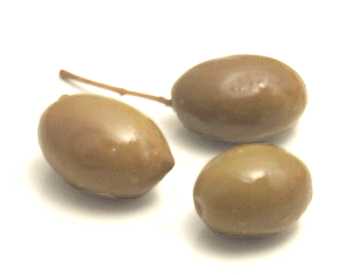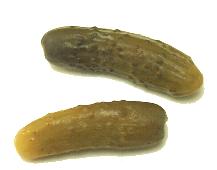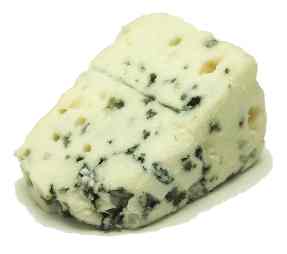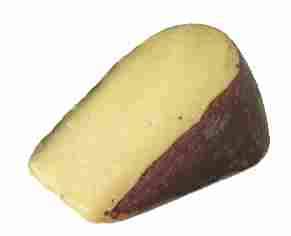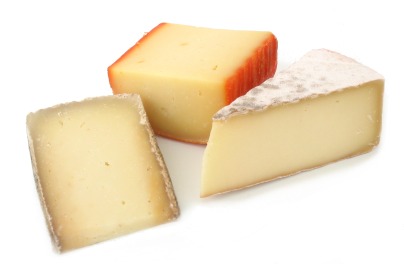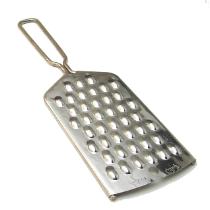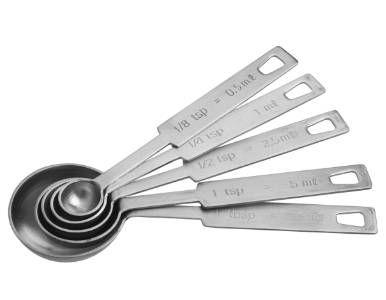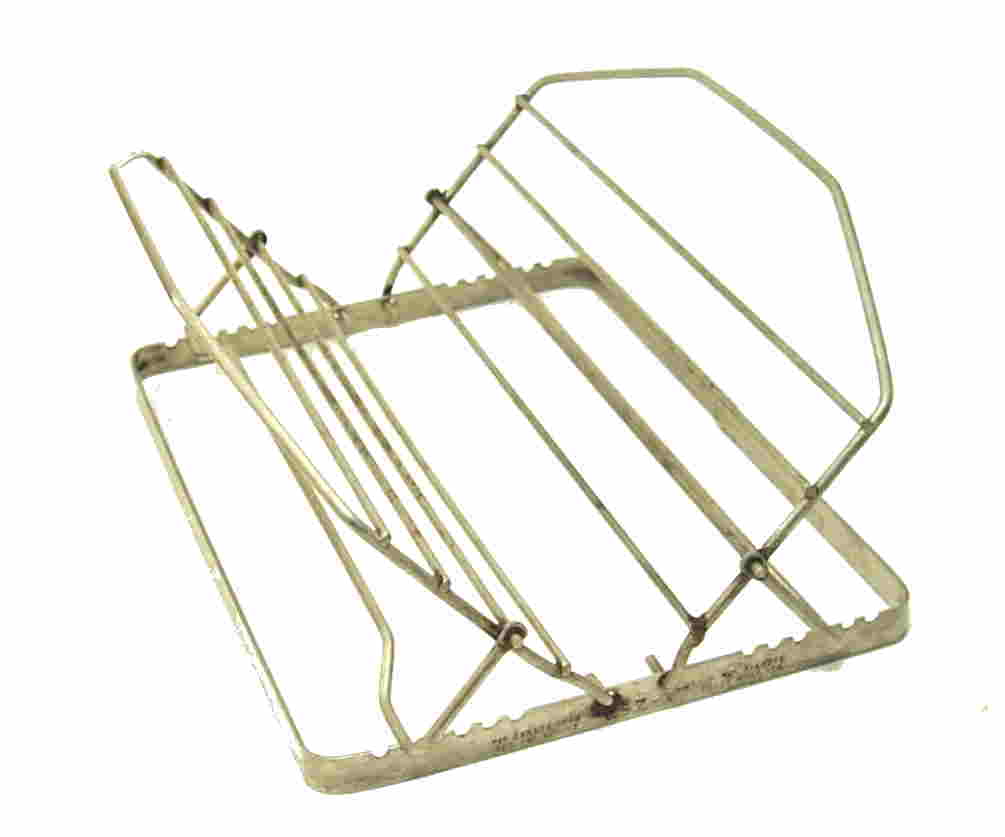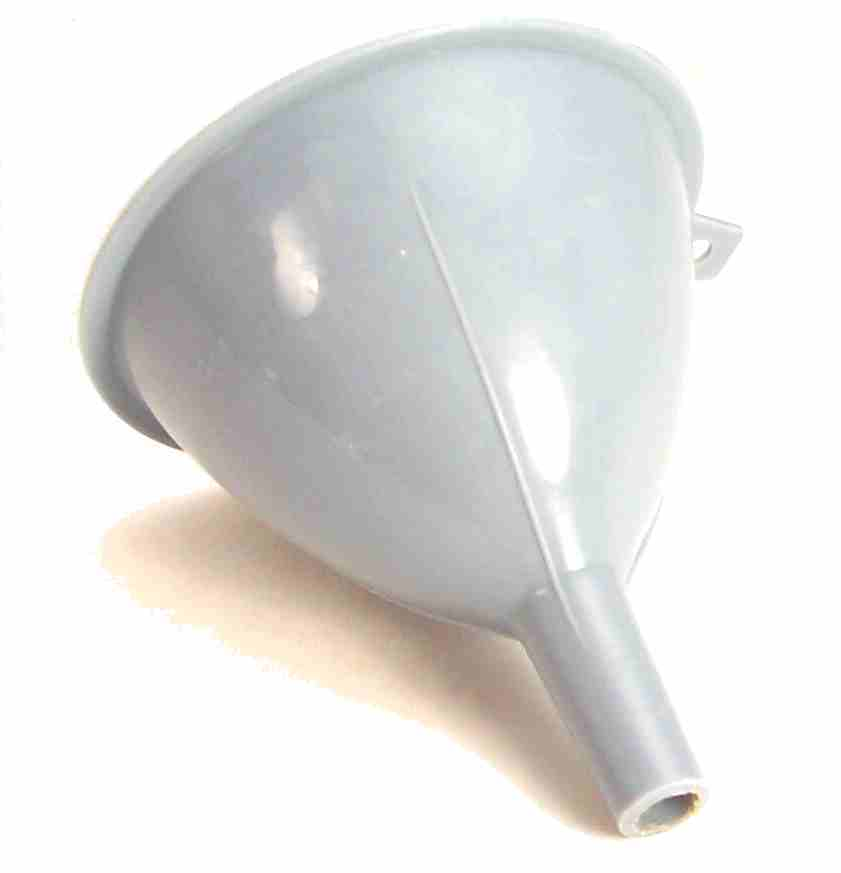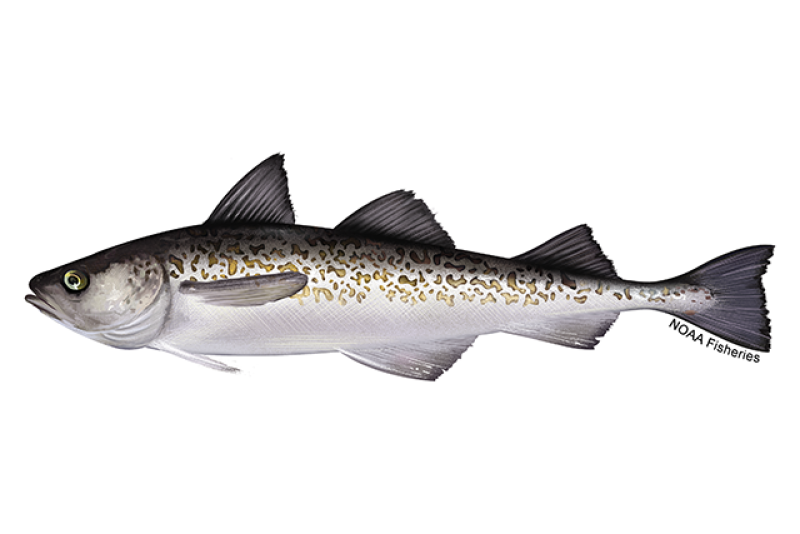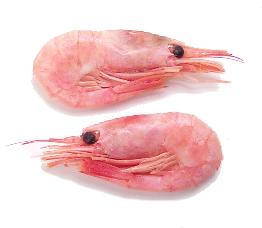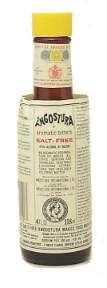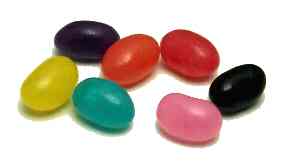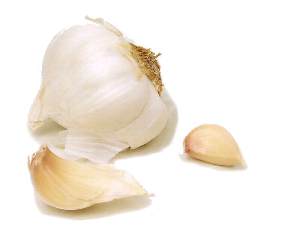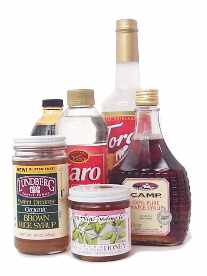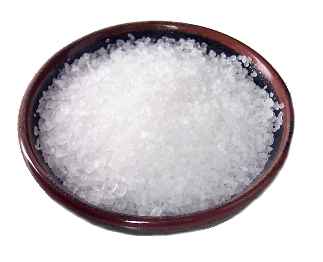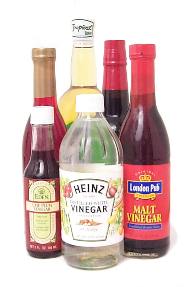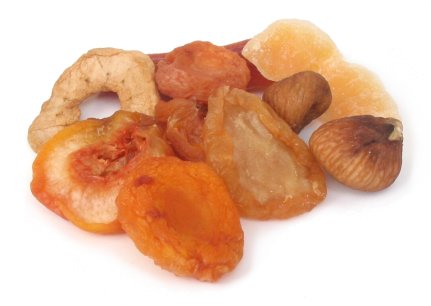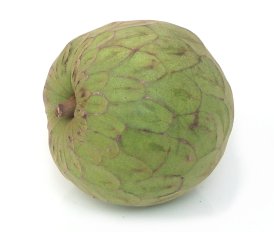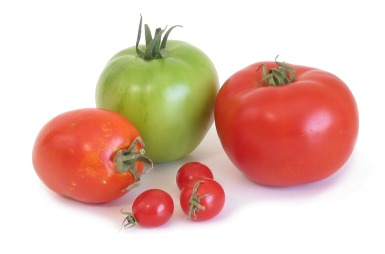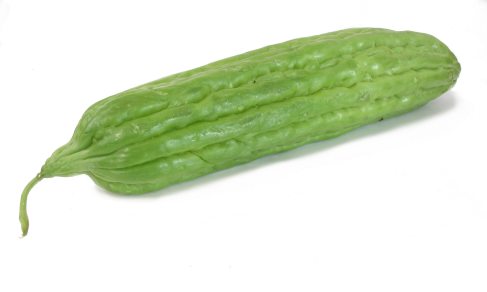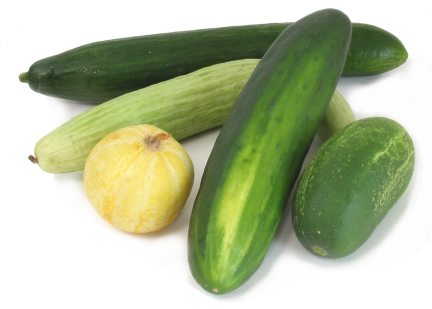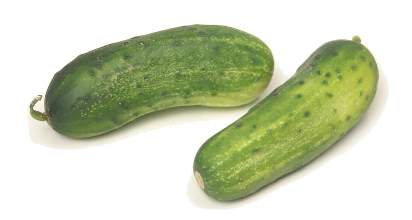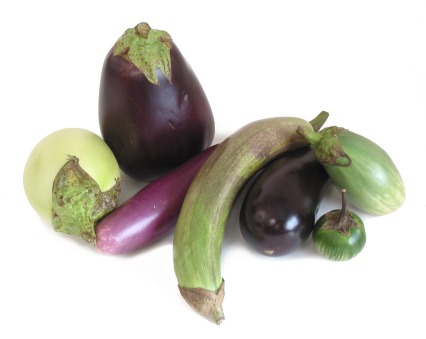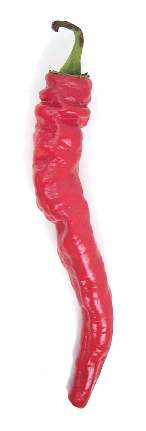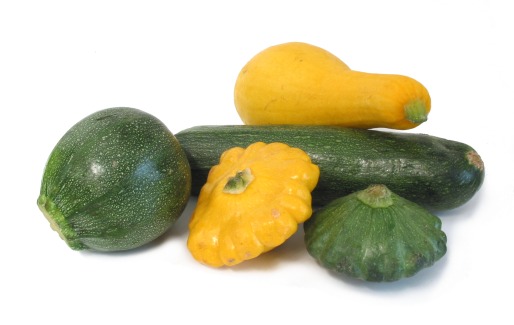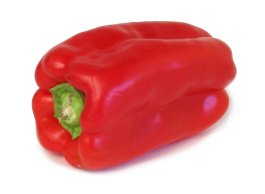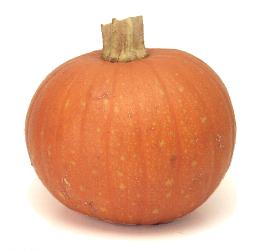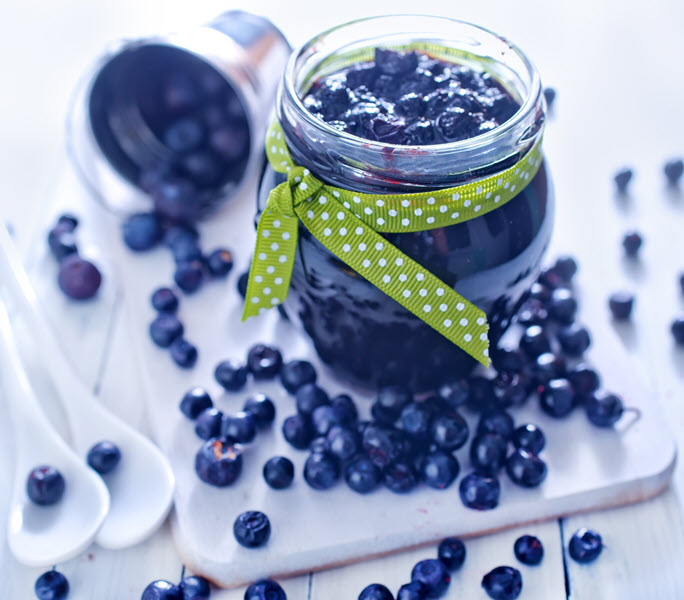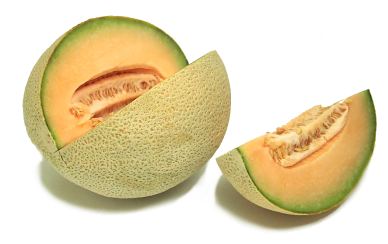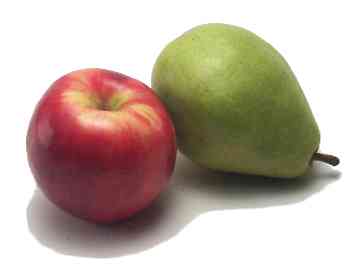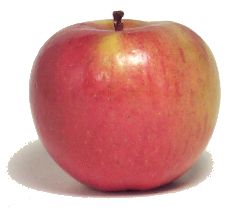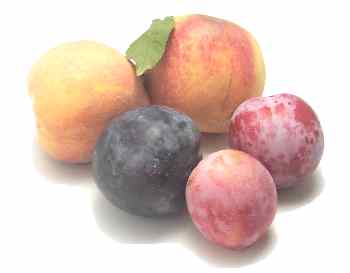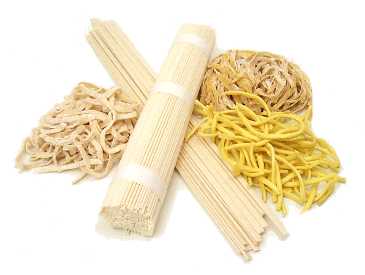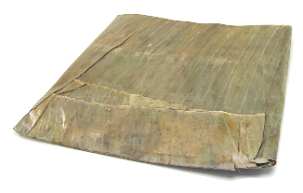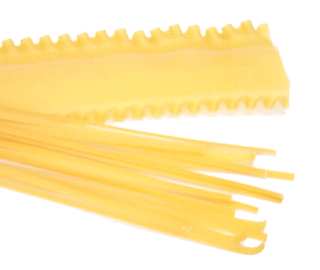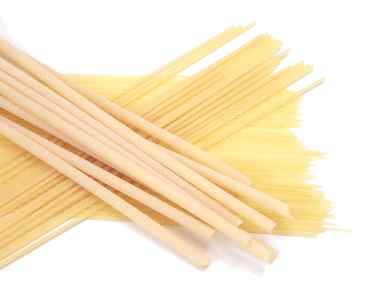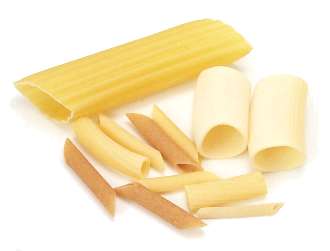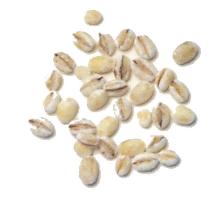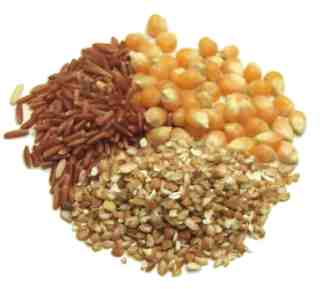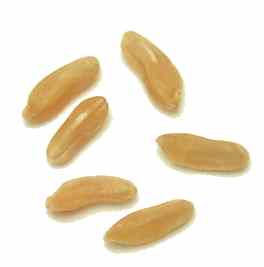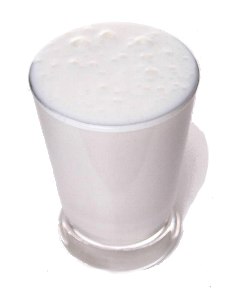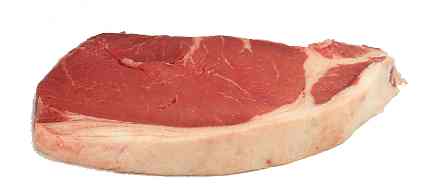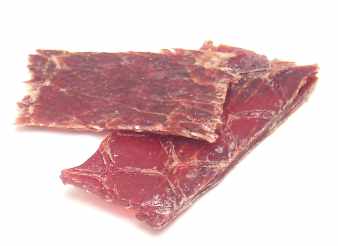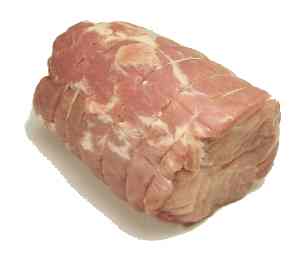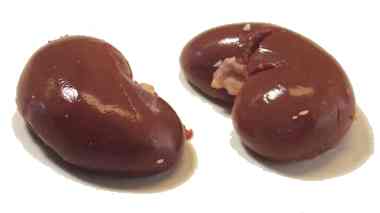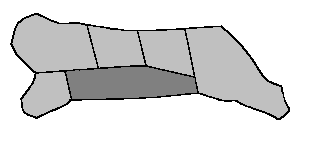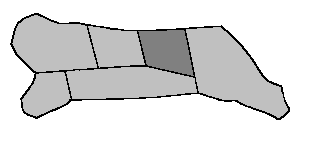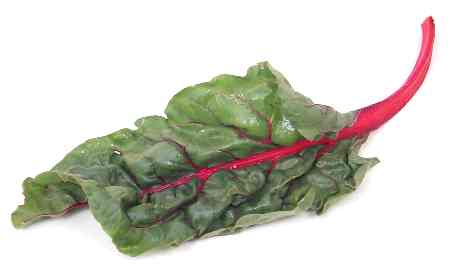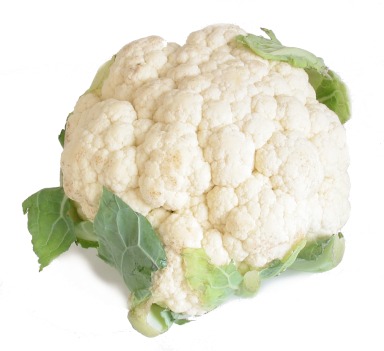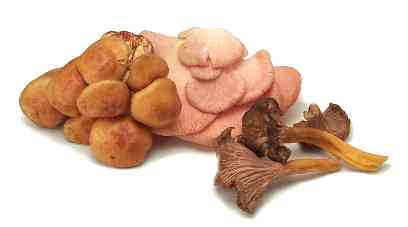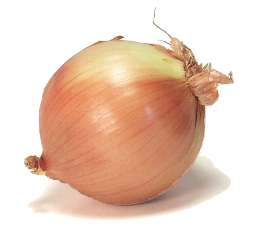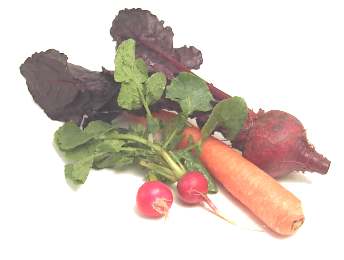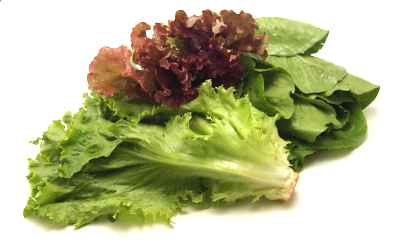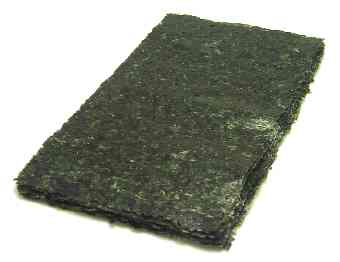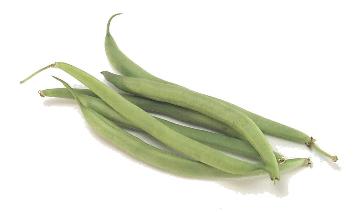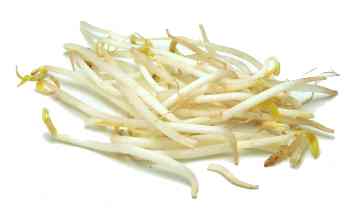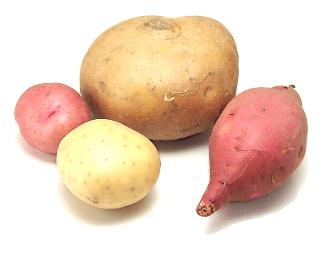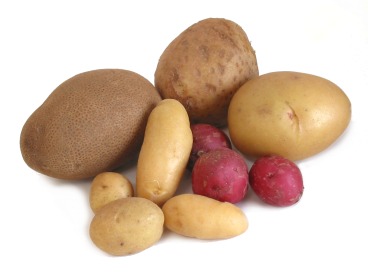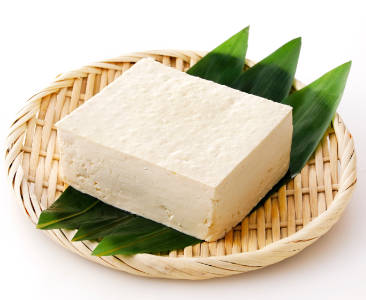Legumes & Nuts Category

Includes peas, lentils, beans, nuts, and nut butters
legumes
Legumes are plants that have pods with tidy rows of seeds inside. This category includes beans, peas, lentils, and peanuts.
Learn moreLentils
Like other legumes, lentils are low in fat and high in protein and fiber, but they have the added advantage of cooking quickly. Lentils have a mild, often earthy flavor, and they're best if cooked with assertive flavorings. The best, most delicate lentils are the peppery French green lentils. These hold their shape well, but take longer to cook than other lentils. The milder brown lentils also hold their shape after cooking, but can easily turn mushy if overcooked. Indian markets also carry a wide variety of split lentils, called dal. Before cooking, always rinse lentils and pick out stones and other debris. Unlike dried beans and peas, there's no need to soak them. Lentils cook more slowly if they're combined with salt or acidic ingredients, so add these last. Bigger or older lentils take longer to cook. Store dried lentils for up to a year in a cool, dry place.
Learn morelima bean
With their buttery flavor, lima beans are great in soups or stews, or on their own as a side dish. The most popular varieties are the small baby lima bean = sieva bean and the larger Fordhooks. You can get limas fresh in their pods in the summer, but many people prefer to use dried lima beans. Shelled frozen limas are a good substitute for fresh, but canned limas aren't nearly as good. The biggest downside is that lima beans are harder to digest than other beans.
Learn morelupini bean
These large Italian beans resemble fava beans, only they're slightly bitter. They're often marinated and served in salads.
Learn moremacadamia nut
These rich and creamy nuts hail from Hawaii and Australia, where they're eaten as snacks, or incorporated into cookies or other desserts. They're hard to crack open and tricky to roast, so they're almost always sold shelled and roasted in vacuum-pack containers. After you open these containers, you should store any uneaten nuts in the freezer or refrigerator, since they're high in fat and therefore prone to rancidity. If you want to roast your own macadamia nuts, put them in 275° oven for about 15 minutes.
Learn moremarrow bean
These large white beans are said to taste like bacon. They're great pureed in soups.
Learn moremarzipan
Marzipan is made from ground almonds and sugar, and it's used to make colorful and edible decorations and confections. Look for tubes or cans of it among the baking supplies in your supermarket.
Learn moremasoor
When whole, this bean is greenish-brown, but recipes often call for the skinned and split masoor, which is called masoor dal.
Learn moremasoor dal
These are skinned and split masoor lentils. They're salmon-colored, cook quickly, and turn golden and mushy when cooked.
Learn moremiso
This is a thick paste made from soybeans and grains that has been fermented and then aged for up to three years. It's a staple in Japan, where it's used to flavor soups, dipping sauces, meats, and dressings. There are hundreds of varieties of miso, and the Japanese match them to dishes with the same care that Americans match wines to meals. The darker kinds are saltier and more pungent, the lighter are sweeter and milder. Always add miso to soups and stews at the end, since boiling it destroys beneficial bacteria and causes it to curdle. Look for tubs of miso in the refrigerated section of Japanese food markets, health foods stores, or large supermarkets. It will keep in your refrigerator for many months. Powdered miso is also available, as are powdered soup mixes made with miso and dashi.
Learn moremoong dal
These are mung beans that have been skinned and split, so that they're flat, yellow, and quick-cooking. They're relatively easy to digest.
Learn moremortgage runner bean
These beans have a rich, creamy consistency that works well in soups and casseroles.
Learn moremung bean
Whole mung beans are small and green, and they're often sprouted to make bean sprouts. When skinned and split, the beans are flat and yellow, and called moong dal.
Learn morenatto
Made with fermented soybeans, natto is pungent, sticky, and highly nutritious. The Japanese like to serve it on rice or put it in sushi or miso soups. It's available in Japanese markets or health food stores either frozen, freeze-dried, or fresh in straw bundles.
Learn morenavy bean
These small white beans are commonly used to make baked beans, but they're also good in soups, salads, and chili. They're relatively difficult to digest.
Learn morenut butter
If you mix roasted nuts, vegetable oil, salt, and maybe some sugar in a blender or food processor for awhile, you'll get a smooth, spreadable paste called nut butter. Nut butters can be spread on bread or crackers, blended into savory sauces, or teamed up with chocolate to make desserts.
Learn morenut flour
Nut flours are ground from the cake that remains after oils are pressed from nuts. They're great for breading fish or chicken, and they add a rich flavor to baked goods. Nut flour lacks the gluten that baked goods need to rise, so in those recipes substitute no more than 1/4 of the wheat flour with nut flour. Nut flours go stale quickly, so store them in the refrigerator or freezer, and use them up quickly.
Learn morenut meal
Nut meals are ground from whole nuts, and are grittier and oilier than nut flours, which are ground from the cake that remains after the oils are pressed from nuts. To make your own nut meals, grind toasted nuts in a nut mill until the meal has the consistency of cornmeal. You can also use a food processor fitted with a steel blade to do this, but it's hard to keep the nut meal from turning into nut butter. It helps to freeze the nuts before grinding, to use the pulse setting on the processor, and to add any sugar in the recipe to the nuts to help absorb the oils. Store nut meals in the refrigerator or freezer, and use them soon after you buy or make them.
Learn morenuts
Cooks and grocers define nuts as anything with edible kernels and hard shells. This includes true nuts like chestnuts and acorns, but also things that botanists would class as seeds, like Brazil nuts, or legumes, like peanuts. Nuts are usually high in fat and protein, and people throughout the world eat them as snacks or incorporate them into both sweet and savory dishes. Many nuts can be eaten raw but roasting them helps intensify their flavor. Nuts are usually harvested in the fall, and it's best to buy unprocessed nuts then. Many unshelled nuts can be kept for up to a year in a cool place, but shelled nuts, especially those that have been cut or roasted, are more prone to rancidity and should be stored in the refrigerator or freezer in an airtight container.
Learn moreokara
This is the ivory pulp that's left over after the soy milk is squeezed from soybeans. It's moist and crumbly, full of protein and fiber, and about as flavorful as a wad of paper towels. Look for it in the produce section of Japanese markets.
Learn moreokra
When cooked, okra exudes a slimy substance, which serves as a wonderful thickener in stews. Unfortunately, that sliminess puts off many diners, but you can minimize it by buying small, fresh okra and by cooking it very briefly. Okra's popular in the South, where they fry it in cornmeal, pickle it (this also gets rid of the sliminess), and use it to thicken their gumbos.
Learn moreparadise nut
Paradise nuts are in a large (10") capped pot-like fruit contains nutritious nuts.
Learn morepeanut
These aren't really nuts, but legumes that grow underground. They're cheaper than most nuts, and are often eaten out of hand or incorporated into candies, stir-fries, or trail mixes. You can buy them shelled or unshelled, salted or unsalted, raw or roasted. To roast, place shelled peanuts on a cookie sheet in a 350° oven for about 15 to 20 minutes. Since many people are allergic to peanuts, it's important to alert guests if you're serving something that's made with peanuts or peanut products.
Learn morepeanut butter
High in protein and low in cost, peanut butter is a sandwich staple. It's often teamed with jelly, but honey, bananas, onions, and even pickles work well too. Natural peanut butter is made simply of peanuts, oil, and sometimes salt. It's not very popular with consumers, though, since it needs to be refrigerated after opening, and the oil tends to separate and rise to the top. Most shoppers turn instead to commercial peanut butters, which don't need to be refrigerated and don't separate. Unfortunately, these products are made with hydrogenated oils, which are bad for you. Since many people are allergic to peanuts, it's important to alert guests if you're serving something that's made with peanut butter.
Learn morepecan
This North American nut is like a walnut, only sweeter and milder. It's used widely in the South to make pralines, pecan pie, ice cream, and nut breads. They're high in fat, so it's best to store shelled pecans in the refrigerator or freezer to prevent them from turning rancid. To roast, put shelled pecans on a baking pan and in bake them in a 325° oven, stirring occasionally, until they're slightly golden, about ten minutes.
Learn morepigeon pea
These are usually sold dried, but fresh, frozen, and canned peas also are available. They have a strong flavor, and they're popular in the South and in the Caribbean
Learn morepine nut
These expensive and delicate seeds are harvested from pine trees in different parts of the world. Italians like to grind them into pesto or sprinkle them on pasta dishes. There are two main varieties: the triangular Chinese pine nuts sold in Asian markets, and the slender Italian pine nuts, which are more expensive and subtly flavored. All pine nuts are high in fat, so store them in the refrigerator or freezer to keep them from getting rancid. Before you use them, toast pine nuts in a 325° oven, stirring occasionally, until they're slightly golden, about five minutes.
Learn morepinto bean
The dried beans are beige with brown streaks, but they turn a uniform pinkish-brown when cooked. They're often used to make refried beans and chili.
Learn morepistachio nut
These green Middle Eastern nuts are encased in tan shells, which are sometimes dyed red. They're crunchy and delicately sweet, so they're great in everything from ice cream to pilafs. When the nuts are mature enough to eat, the shells split open enough that they can be pulled off easily with your fingers. Unopened shells contain immature kernels and should be discarded. Pistachios are available shelled or unshelled, salted or unsalted, roasted or raw. To roast, put shelled pistachios on a baking pan and in bake them in a 325° oven, stirring occasionally, until they're slightly golden, about ten minutes.
Learn morepraline paste
This paste is made with almond or hazelnut butter and sugar, and it's used to make candy and other desserts. It's hard to make yourself, since homemade nut butters tend to be gritty. Unfortunately, it's also hard to find commercially prepared praline paste, though you can order it online at www.kingarthurflour.com. The oil sometimes separates and rises to the top, so stir before using.
Learn morepraline powder
This is used to flavor ice cream and pastry fillings. It's made from pralines, a crunchy French candy that resembles peanut brittle, except that it's made with almonds or hazelnuts. You can buy praline powder ready made, but it's easy to make your own by pulverizing praline pieces in a food processor. Be sure to use crunchy pralines, not the soft pecan candies that people in New Orleans call pralines.
Learn morepressed tofu
With much of the moisture pressed out of it, this kind of tofu holds it shape and absorbs marinades better than firm tofu. It's the best choice for grilling.
Learn morerattlesnake bean
A pinto bean hybrid, the rattlesnake bean gets its name from the way its bean pods twist and snake around the vines and poles. These beans are great for making chili, refried beans, soups, or casseroles.
Learn morered bean
These are similar to red kidney beans, only smaller, rounder, and darker. In the Southwest, they're often used to make refried beans and chili. In Louisiana, they're used to make the classic red beans and rice.
Learn morered kidney bean
These gorgeous and versatile beans are often used in chili, refried beans, soups, and salads.
Learn morered lentil
The most common type of red lentil is the Red Chief. It's a lovely salmon pink in its dried form, but it turns golden when cooked. These lentils cook faster than others. They're best in purées or soups.
Learn morered miso
This versatile, medium-strength miso is the most popular variety in Japan. It's made from barley or rice, and it's used for hearty soups and stews, or to make rubs and marinades for meat and poultry.
Learn morerefried beans
These are beans that are cooked, mashed, and then fried, usually in lard or bacon drippings.
Learn moreregular tofu
This is halfway between the custard-like consistency of silken tofu and the denser texture of firm tofu. It's a good choice if you want to scramble it like eggs, or use it in place of ricotta cheese in a casserole. Store tofu in the refrigerator, changing the water daily, and use it within a week. Freezing firm tofu will make it chewier and give it a meatier texture. Look for cakes of it in plastic tubs in the refrigerated sections of supermarkets and health food stores.
Learn morerice bean
These tiny beans don't require soaking and cook in just 15 minutes. Some cooks use them instead of rice to make risotto.
Learn moresator
Thai cooks like to add these squat green beans to stir-fries. They have a strong, somewhat bitter flavor.
Learn more
